CT012 – Evaluation of atezolizumab (A), cobimetinib (C), and vemurafenib (V) in previously untreated patients with BRAFV600 mutation-positive advanced melanoma: Primary results from the phase 3 IMspire150 trial
ABSTRACT
BACKGROUND:
Approved systemic treatments for advanced melanoma include immune checkpoint inhibitor therapy (CIT) and targeted therapy with BRAF plus MEK inhibitors for BRAFV600E/K mutant melanoma. Response rates with CITs are typically lower than those observed with targeted therapy, but CIT responses are more durable. Preclinical and clinical data suggest a potential for synergy between CIT and BRAF plus MEK inhibitors. We therefore evaluated whether combining CIT with targeted therapy could improve efficacy vs targeted therapy alone.
METHODS:
Treatment-naive patients with unresectable stage IIIc/IV melanoma (AJCC 7th ed), measurable disease by RECIST 1.1, and BRAFV600 mutations in their tumors were randomized to the anti-programmed death-ligand 1 antibody A + C + V or placebo (Pbo) + C + V. A or Pbo were given on days 1 and 15 of each 28-day cycle. Treatment was continued until disease progression or unacceptable toxicity. The primary outcome was investigator-assessed progression-free survival (PFS).
RESULTS:
514 patients were enrolled (A + C + V = 256; Pbo + C + V = 258) and followed for a median of 18.9 months. Investigator-assessed PFS was significantly prolonged with A + C + V vs Pbo + C + V (15.1 vs 10.6 months, respectively; hazard ratio: 0.78; 95% confidence interval: 0.63-0.97; P=0.025), an effect seen in all prognostic subgroups. While objective response rates were similar in the A + C + V and Pbo + C + V groups, median duration of response was prolonged with A + C + V (21.0 months) vs Pbo + C + V (12.6 months). Overall survival data were not mature at the time of analysis. Common treatment-related adverse events (AEs; >30%) in the A + C + V and Pbo + C + V groups were blood creatinine phosphokinase (CPK) increase (51.3% vs 44.8%), diarrhea (42.2% vs 46.6%), rash (40.9% in both arms), arthralgia (39.1% vs 28.1%), pyrexia (38.7% vs 26.0%), alanine aminotransferase (ALT) increase (33.9% vs 22.8%), and lipase increase (32.2% vs 27.4%). Common treatment-related grade 3/4 AEs (>10%) that occurred in the A + C + V and Pbo + C + V groups were lipase increase (20.4% vs 20.6%), blood CPK increase (20.0% vs 14.9%), ALT increase (13.0% vs 8.9%), and maculopapular rash (12.6% vs 9.6%). The incidence of treatment-related serious AEs was similar between the A + C + V (33.5%) and Pbo + C + V (28.8%) groups. 12.6% of patients in the A + C + V group and 15.7% in the Pbo + C + V group stopped all treatment because of AEs. The safety profile of the A + C + V regimen was generally consistent with the known profiles of the individual components.
CONCLUSION:
Combination therapy with A + C + V was tolerable and manageable, produced durable responses, and significantly increased PFS vs Pbo + C + V. Thus, A + C + V represents a viable treatment option for BRAFV600 mutation-positive advanced melanoma. ClinicalTrials.gov ID: NCT02908672
